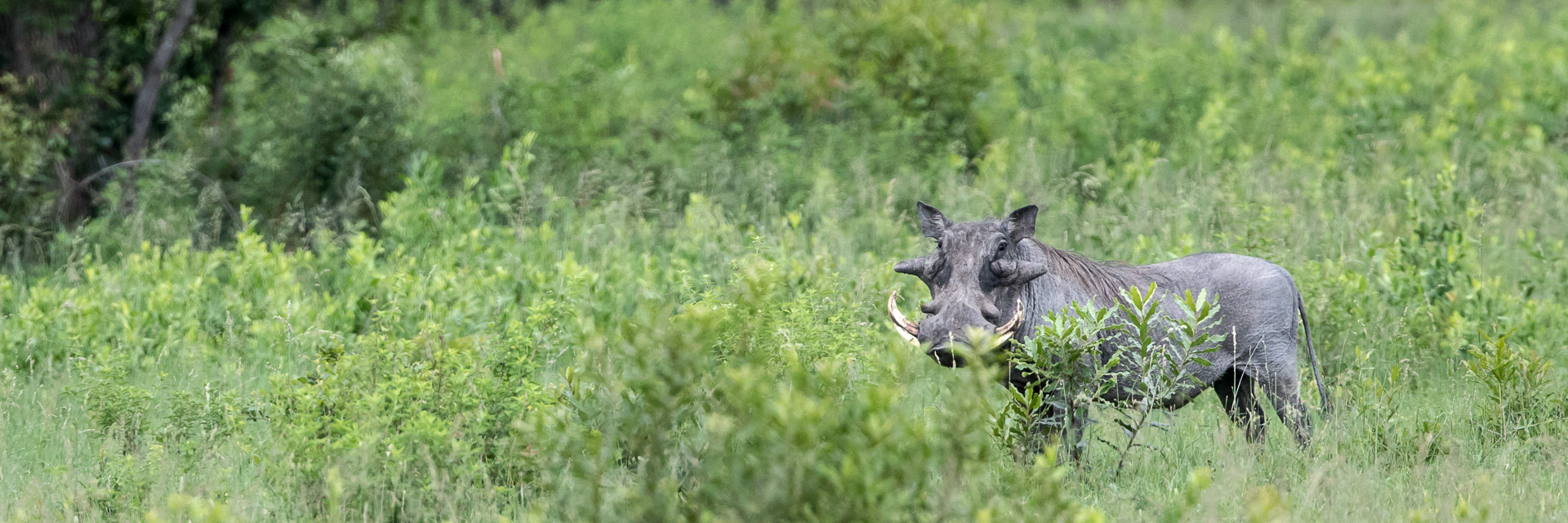
Sabi Sand is one of the many private reserves adjacent to the understandably famous Kruger National Park, a 7 hour drive from Johannesburg. South Africa’s private reserves are independently owned land that are directly connected to their adjoining national park without a fence. What this means is that while animals may freely cross back and forth between the two, one can often estimate with some certainty which animals may be found in a given private reserve due to their territorial nature.
While Sabi boasts regular viewings of all of the “Big 5”, if it is well known for one animal, it is its leopards. Leopards are arguably the most challenging of Africa’s big cats to track due to their solitary nature, large hunting range, and low numbers so any reserve able to establish a pattern of viewing these amazing animals will certainly capitalize on this. To give an idea of how elusive they are, the trackers were only able to spot a leopard once in 4 game drives, late at night under the aid of a game light.
One might think this was a disappointment, but while I booked Sabi hoping to see some leopards, I was rewarded with some other spectacular opportunities. Anybody who has spent any time in Africa knows that the animals cannot be coaxed or cajoled into performing – while the trackers have considerable skill, what we see as viewers often mostly boils down to pure luck. And as far as luck goes, we certainly got our money’s worth.
We were able to visit the same pride of 5 male lions on two separate game drives, both offering exceptional access – we were down to 10 feet at one point! Lions are majestic creatures and spectacular to see in person, I don’t have enough vocabulary to do justice to the experience of just feeling their presence as they look at you. With that said, lions are actually not as hard to find as you’d think, and while I was appreciative, I wasn’t overly surprised to run across them. What I didn’t expect, isn’t advertised, and is exceptionally rare, was two separate sightings of an incredibly sized pack of “African Wild Dogs” complete with 6 rambunctious youngsters.
African Wild Dogs are Africa’s rarest, most endangered, mammal. There are estimated to only be approximately 100 in all of Kruger. Our pack was almost 30 strong, nearly a record sighting, and one that had all the guides talking amonst each other excitedly about what a special opportunity it was. The adolescent pups were especially fantastic to watch, as they behave mostly like excitable puppies, although their toy to fight over was less rubber chew toy and more freshly severed head of their prey.
Visiting Sabi or any of the comparable private game reserves comes at a steep price premium over the “standard” park and this price difference is mostly covering the dramatically higher standard of accommodation and meals. However, what you don’t pay for, and is perhaps most valuable, is the ability to tread off-road as necessary to track animals and a strictly adhered to limit of 3 vehicles per sighting. Not only does this substantially reduce the effects on the animals (a leopard spotted in the Serengeti attracted 32 vehicles simultaneously, all jockeying for position) but also makes for much better access which I appreciated immensely as a photographer.
While booking, I wasn’t sure whether I was going to be happy with my decision to up my budget to allow me 2 nights at Sabi. By the time I left, I would have extended my stay another 2 nights had they not been fully booked. (My lodge only accommodated a maximum of 28 occupants, another way they can provide such exceptional service).
While those cheetahs were an amazing stroke of luck, these lions were an incredibly entertaining and playful bunch.
A pack of almost 30 wild dogs, including 6 adolescents photographed here.
And some other assorted images:

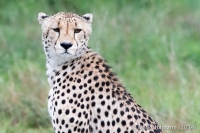
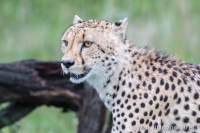
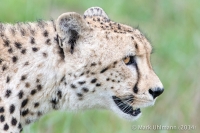
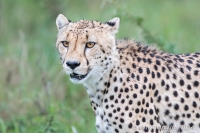
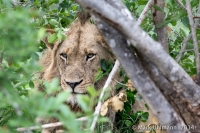
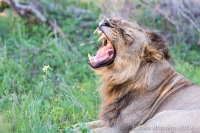
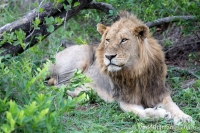
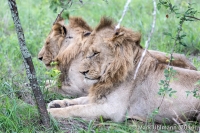
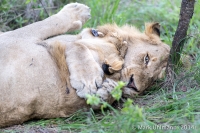
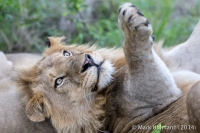
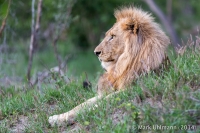
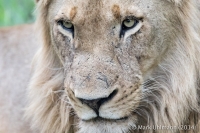
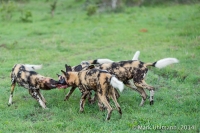
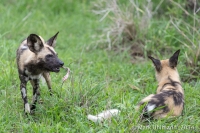
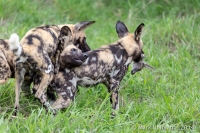
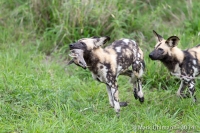
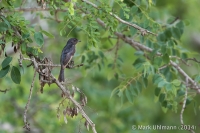
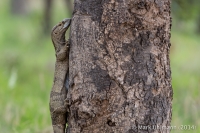
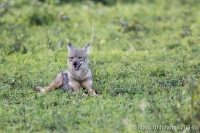
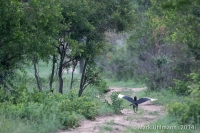
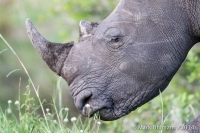
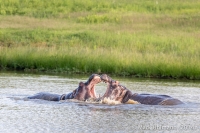
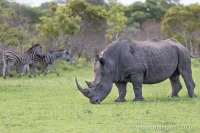
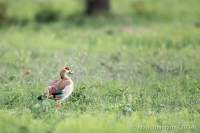
Comments